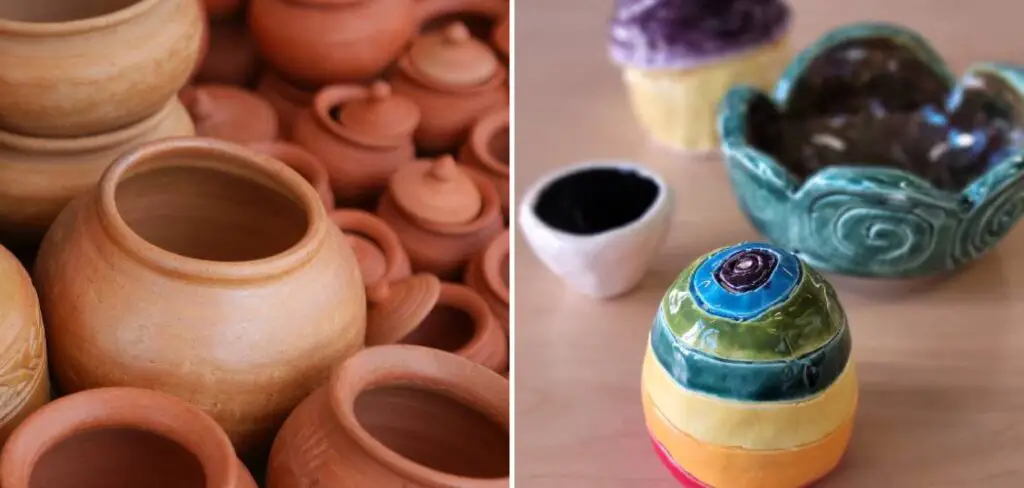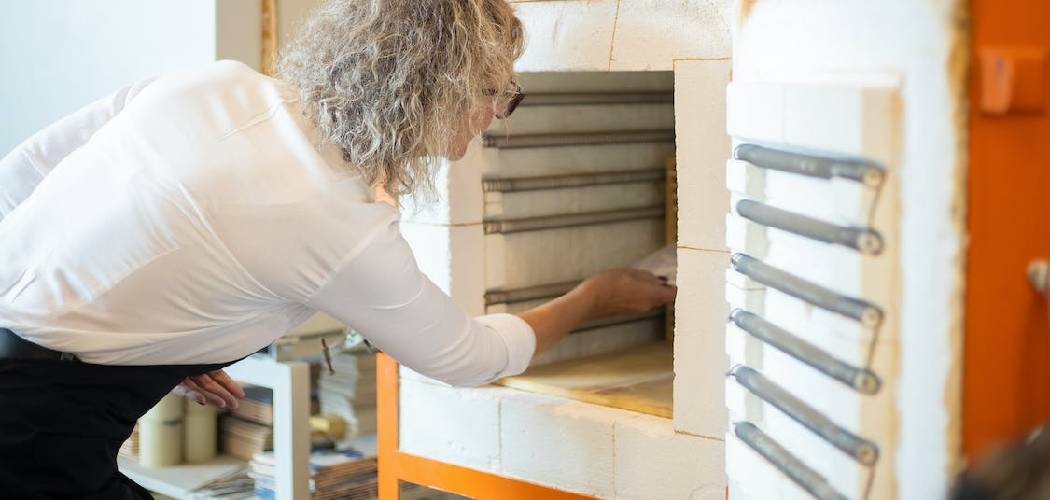Have you ever wondered what sets bone china apart from porcelain? In this article, we’ll explore what makes bone china different from porcelain and uncover the key differences between these two popular materials. From their composition and manufacturing processes to their appearance and durability, we’ll delve into the nuances that distinguish bone china from porcelain.
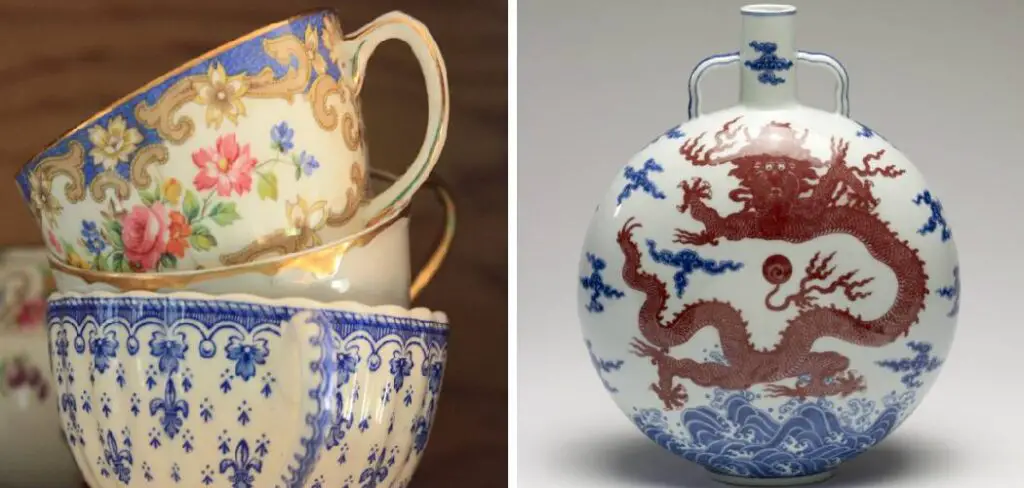
Whether you’re a collector, a home decorator, or simply curious about the craftsmanship behind your dinnerware, join us as we unravel the mysteries of bone china and porcelain. By the end of this article, you’ll have a deeper understanding of these elegant materials and be better equipped to choose the perfect pieces for your tableware collection. So, let’s dive in and discover what makes bone china truly unique!
Table of Contents
What is Porcelain?
Porcelain, renowned for its delicate beauty and strength, has captivated human imagination for centuries. Originating from China during the Tang dynasty, it is made by firing refined clay at high temperatures, ranging from 1200 to 1400 degrees Celsius. The result is a translucent, vitrified, and somewhat glass-like finish that has become synonymous with elegance and refinement in ceramics. Porcelain’s composition includes kaolin, a fine white clay, combined with various minerals such as feldspar and quartz.
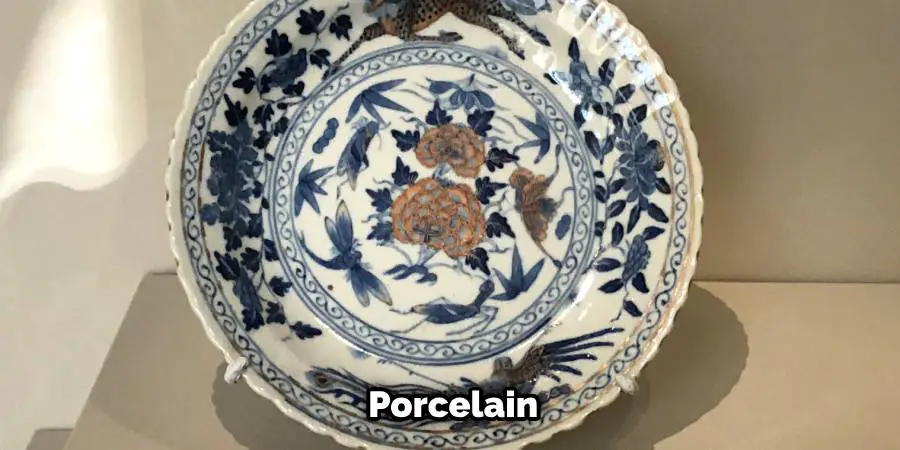
This unique blend, along with the high-temperature firing process, contributes to porcelain’s notable characteristics: a white, lustrous surface that is both hard and brittle. Porcelain comes in three main varieties — hard-paste, soft-paste, and bone china, each possessing distinct qualities and uses. Its versatility allows it to be used in a wide array of products, from ornate vases and delicate dinnerware to robust sanitary ware. Porcelain is not just a material; it’s a testimony to human ingenuity and artistic expression.
What is Bone China?
Bone china emerges as a distinguished member of the porcelain family, setting itself apart with its unique composition and remarkable properties. Invented in England during the 18th century by Thomas Frye, bone china’s distinctiveness lies in its inclusion of bone ash into its clay body, comprising approximately 25-50% of its content. This addition of bone ash — calcined animal bone — endows bone china with a distinctive translucent quality, unmatched by other porcelains, alongside a remarkable whiteness and a refined, almost luminescent glow.
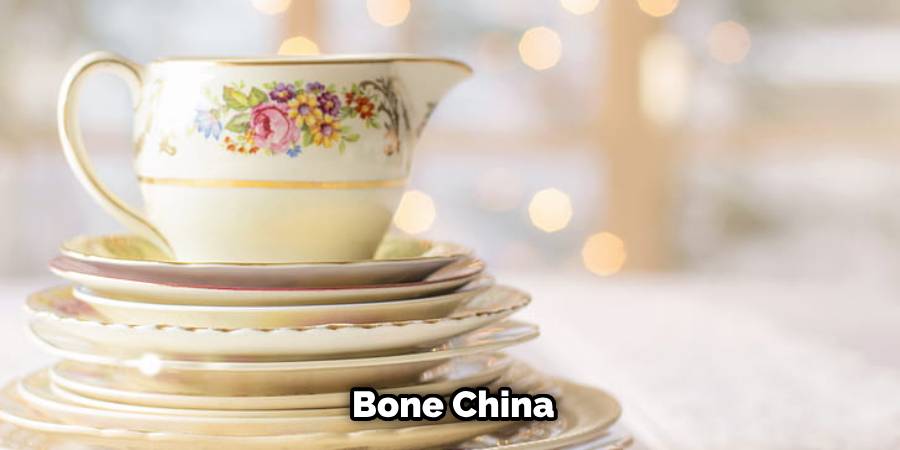
The manufacturing process of bone china is meticulous and requires a relatively lower firing temperature (about 1200 to 1250 degrees Celsius) compared to traditional porcelain. However, it is the presence of bone ash that facilitates a stronger, yet more delicate, framework for the material, making it highly durable and resistant to chipping. Bone china’s elegance and durability make it highly prized for fine dinnerware and ornamental objects, embodying a perfect blend of strength and delicacy. Its luxurious appearance, coupled with its resilience, has cemented bone china’s status as a preferred choice for those seeking sophistication in their tableware and collectibles.
What is Fine Bone China?
Fine bone china stands as the pinnacle of luxury in the bone china family, being distinguished not only by its composition but also by its craftsmanship. This premium material adheres to stricter standards, containing no less than 30% of bone ash in its composition, which surpasses the minimum requirement often found in regular bone china. The higher content of bone ash in fine bone china endows it with an even more pronounced translucency and a whiter background, thus elevating its prestige and aesthetic appeal.
The production of fine bone china is an art that demands precision, skill, and patience, involving multiple stages of molding, glazing, and firing at meticulously controlled temperatures. Each piece of fine bone china tableware and decor is often handcrafted or subjected to detailed scrutiny, ensuring flawless finish and intricate designs.
The result is a material that is not only stronger and more durable than standard porcelain but also exhibits exquisite beauty and elegance. Fine bone china’s superior quality and exceptional aesthetic make it the material of choice for royal diners, luxury hotels, and discerning collectors worldwide, seeking to elevate their dining and decorative experiences.
The Origins and History of Bone China
The story of bone china begins in the mid-18th century in England, a time when the European quest for a material comparable to the fine porcelain of East Asia reached its zenith. Prior to the invention of bone china, English potters struggled to replicate the delicate yet durable nature of Asian porcelain, which was highly sought after by the aristocracy and wealthy merchants of the time.
It was Thomas Frye, a painter and the manager at the Bow Porcelain Factory in London, who first successfully incorporated bone ash into clay to create a material that was both robust and had the desired translucency reminiscent of the revered Chinese porcelain.
Frye’s innovative material quickly caught the attention of the aristocracy, leading to the establishment of several factories dedicated to the production of this new porcelain, which came to be known as bone china. Among these, the most notable was the Spode factory, which played a pivotal role in refining the formula and production process of bone china, thereby enhancing its quality and appeal.
The inclusion of bone ash not only contributed to the material’s durability and unique translucent quality but also provided a whiter canvas for decorators, resulting in exquisitely detailed and brightly colored designs.
Throughout the 19th century, the popularity of bone china surged across both Europe and America, becoming a symbol of luxury and refinement in dining and decor. Its distinctive characteristics and the craftsmanship required for its production established bone china as a material of high status, often reserved for use by the nobility and the upper echelons of society.
What Makes Bone China Different from Porcelain
While both bone china and porcelain are celebrated for their beauty and durability, several key distinctions set them apart.
Composition and Manufacturing Process
The primary difference lies in their composition. Bone china is made with bone ash, which constitutes 25-50% of its content, providing a unique translucency and whiteness not found in traditional porcelain. This addition of bone ash not only affects the material’s aesthetic qualities but also enhances its strength and durability despite its delicate appearance. On the other hand, traditional porcelain is crafted from a mixture of kaolin, feldspar, and quartz, and lacks the bone ash that characterizes bone china.
Temperature and Firing Process
The firing temperatures also differ; bone china is fired at a lower temperature range of approximately 1200 to 1250 degrees Celsius compared to porcelain’s 1200 to 1400 degrees Celsius. This difference in firing temperature, combined with the inclusion of bone ash, contributes to the distinctive characteristics of bone china, such as its increased strength and chip resistance.
Appearance and Quality
In terms of appearance, bone china boasts a warmer, more radiant whiteness and a translucency that is superior to that of porcelain. This makes bone china highly prized for its aesthetic qualities, particularly in fine dining ware and ornamental items. Porcelain, while also highly regarded for its delicate beauty and strength, has a more opaque appearance and does not achieve the same level of translucency.
Durability
Despite its more refined and delicate look, bone china is surprisingly more durable than traditional porcelain, making it a preferred choice for tableware that combines elegance with practicality. The durability of bone china is attributed to the strength provided by the bone ash content within its composition.
Luxury and Prestige
Finally, fine bone china, which contains a higher percentage of bone ash, represents the epitome of luxury within the bone china family. Its exceptional quality, coupled with its aesthetic beauty, secures its status as a material of choice for royal households, luxury hotels, and discerning collectors around the world.
Why Bone China is So Expensive?
The high cost of bone china is attributed to several factors that underscore its luxurious status and superior quality. Firstly, the meticulous and labor-intensive manufacturing process, which involves multiple stages of handcrafting, detailed scrutiny, and firing at precisely controlled temperatures, significantly contributes to its cost.
The inclusion of bone ash—an expensive and scarce material—further elevates the production costs. Bone ash not only gives bone china its unique characteristics, such as unmatched translucency and whiteness, but also enhances its durability, making the material both beautiful and resilient.
Additionally, the production of bone china requires a high degree of skill and expertise, with artisans often undergoing years of training to master the craft. This level of craftsmanship, combined with the costs associated with maintaining quality control throughout the production process, adds to the overall expense of creating bone china products.
The result is a material that is not only aesthetically superior but also stands the test of time, making it a worthwhile investment for those who appreciate fine tableware and collectibles. Given these factors, the price of bone china reflects its status as a luxury material, distinguished by its beauty, durability, and the craftsmanship required to produce it.
How to Identify Bone China
Identifying bone china among various types of ceramics can be intriguing, given its fine craftsmanship and exquisite detail. There are several key indicators that help distinguish genuine bone china from other ceramics, ensuring that enthusiasts and collectors know what to look for.
Translucency
One of the hallmark traits of bone china is its remarkable translucency. Holding a piece up to the light, you should be able to see a certain degree of light passing through the material. This characteristic is due to the bone ash content, which allows for thinner construction and light penetration, unlike in porcelain or stoneware.
Color and Texture
The appearance of bone china is distinct – it exhibits a warm, soft whiteness, unlike the bright white of porcelain. Its surface is smooth to the touch, with a glossy finish that exudes quality and craftsmanship. The fine texture and unique color are immediate indicators of bone china.
Sound Test
Gently tapping a piece of bone china produces a distinct, resonant sound that is not found in other ceramics. This is because of its high strength and density. The sound test can be a simple, though not foolproof, way to identify genuine bone china.
Markings
Manufacturers often mark their bone china pieces with a stamp that includes the words “Bone China” or a specific brand name that is known for producing bone china. Examining the bottom of a piece for such markings can be a quick and accurate way to confirm its authenticity.
Weight
Despite its durability, bone china is lighter in weight compared to porcelain and other ceramics. This lightness, combined with its strength, is unique to bone china due to the bone ash mixture in its composition.
Benefits of Bone China Tableware
Bone china tableware is not just a symbol of elegance and luxury but also offers a range of practical benefits that make it an excellent choice for both daily use and special occasions. Here are some of the key advantages:
Durability and Strength:
Despite its delicate appearance, bone china is known for its high strength and durability. The addition of bone ash to its composition not only enhances its whiteness and translucency but also significantly increases its strength. This makes bone china tableware less prone to chipping and breaking, thereby ensuring its longevity.
Lightweight Design:
Bone china is lighter in weight compared to other types of ceramic tableware. This makes it easier to handle and serve, providing a more enjoyable dining experience without sacrificing durability or elegance.
Heat Retention:
Bone china has excellent heat retention properties. It helps keep food warm for a longer period during serving, making it an ideal choice for hosting dinners and gatherings where food is served over extended periods.
Aesthetic Appeal:
The unique translucency and soft, warm whiteness of bone china make it highly appealing to those who value beauty and sophistication in their tableware. Its surface, which can range from a soft matte to a glossy finish, provides a perfect backdrop for culinary creations, enhancing the presentation of meals and elevating the dining experience.
Safe for Microwave and Dishwasher:
Most modern bone china tableware is designed to be microwave and dishwasher-safe, offering a convenient and hassle-free cleanup. This contrasts with some other types of fine china that require hand washing, making bone china a more practical option for everyday use.
Versatility in Design:
Bone china offers a vast range of designs, from classic to contemporary, making it easy to find a style that complements any dining room decor or occasion. Whether you’re hosting a formal dinner party or enjoying a casual meal with family, there’s bone china tableware to suit every setting.
Conclusion
In conclusion, the distinctions between bone china and porcelain extend beyond mere appearance, encompassing factors such as composition, manufacturing process, and durability. While both materials offer elegance and versatility, bone china stands out for its exceptional strength, translucency, and lightweight feel, thanks to the addition of bone ash in its composition. On the other hand, porcelain boasts a delicate beauty and timeless appeal, making it a classic choice for fine dining. Hopefully, this article gave you some helpful tips about what makes bone china different from porcelain successfully, so now that you have the proper knowledge on how to get the job done, why not give it a try today?
